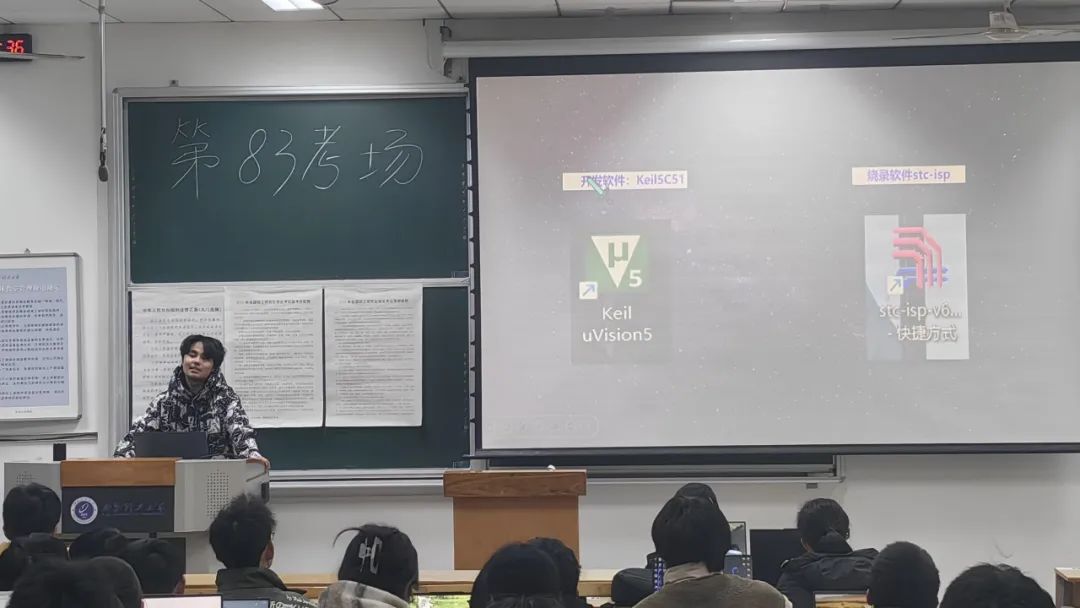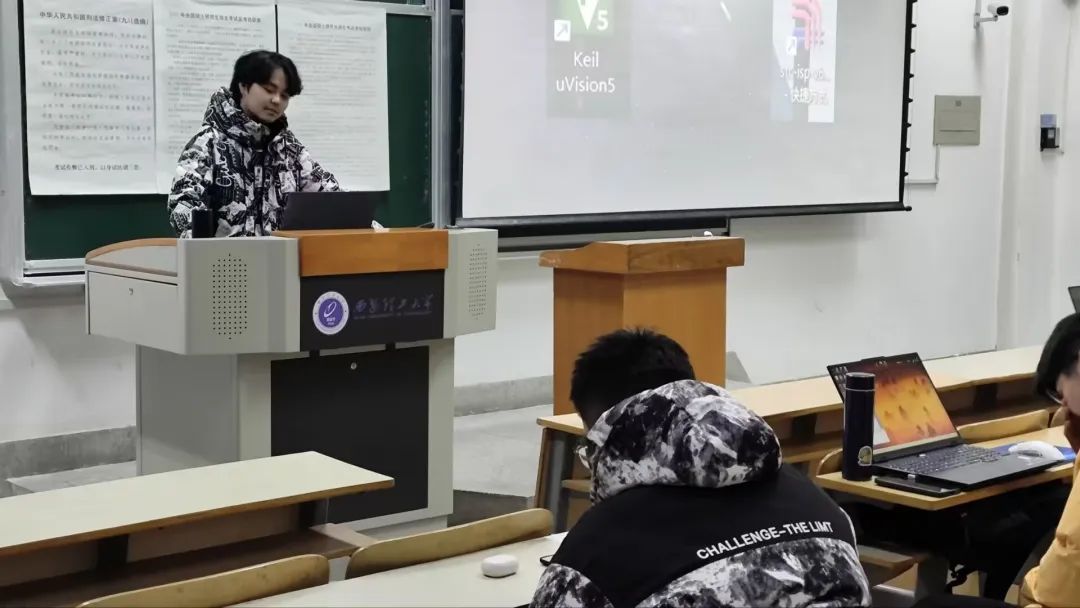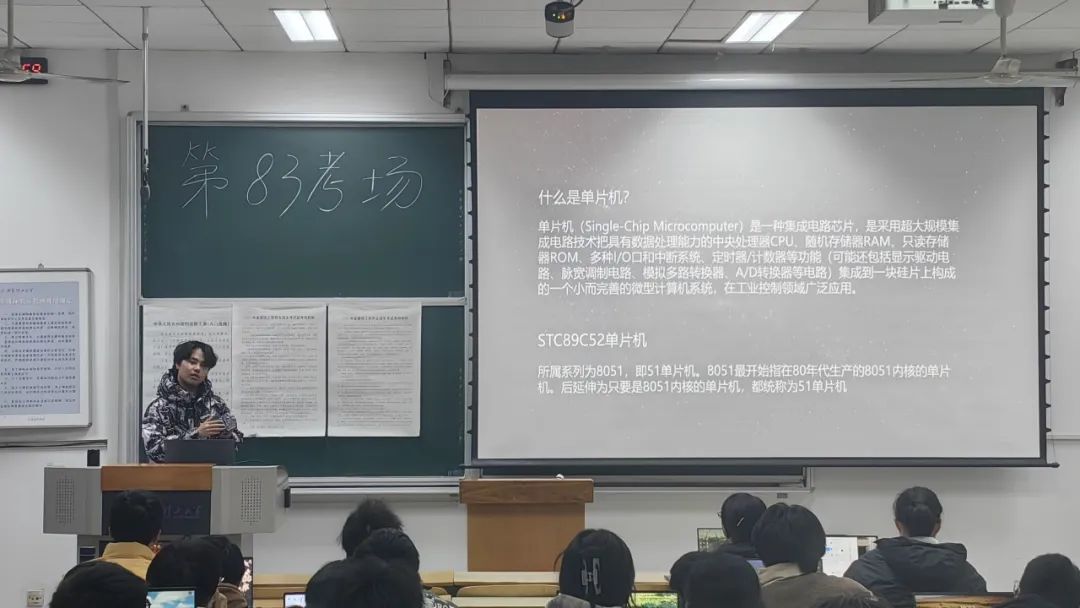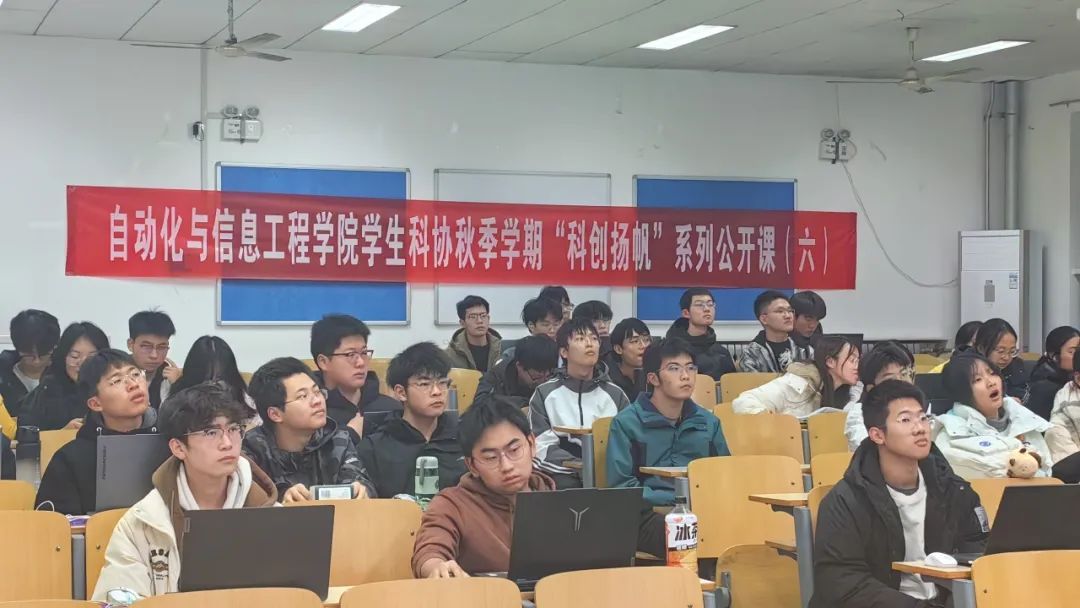
Understanding and Getting Started with the 51 Microcontroller

To deepen students’ knowledge in the field of competitions and enhance their understanding of microcontroller technology, the Student Science and Technology Association of the College of Automation and Information Engineering (hereinafter referred to as the “Association”) successfully held the sixth session of the “Sailing Innovation” series of public lectures on the evening of December 22 in Classroom 10-303 at Qujiang Campus. The main speaker for this public lecture was Zhang Runmiao, the head of the training department of the Association.

Setting Up the Development Environment

First, Zhang Runmiao provided a detailed explanation of the installation process for the Keil uVision5 development environment, including downloading the installation files, selecting an appropriate installation path, and emphasized the importance of avoiding installation on the system drive. He then demonstrated how to create a new project, add source files, write code, and compile the project. This segment not only helped students familiarize themselves with the development process but also laid a solid foundation for subsequent practical operations.


Getting to Know the Microcontroller

Next, Zhang Runmiao introduced students to the origin, development, basic components, and application fields of microcontrollers. From the initial 8051 core to its widespread use in smart homes and industrial automation, the microcontroller, with its powerful functions, has become an indispensable part of modern technology. Through a series of vivid cases, students deeply felt the enormous influence of microcontrollers in modern technology.


Internal Structure of the Microcontroller and Practical Operations

1
Internal Structure of the Microcontroller
After a preliminary understanding of the microcontroller, Zhang Runmiao guided students to learn about the internal structure of the microcontroller, which generally includes the CPU (processing core), memory (for storing programs and data), I/O interfaces (for communication with external devices), timers/counters (for providing timing and counting functions), and interrupt systems (for responding to external events). These components work together to drive the microcontroller to complete complex tasks, becoming an indispensable foundation in embedded systems.
2
Practical Operations
The highlight of the public lecture was undoubtedly the practical exercise session. Zhang Runmiao shared several practical projects based on the 51 microcontroller and focused on introducing the practical methods for LEDs. Students engaged in hands-on practice, experiencing the complete process from design to implementation. This vivid approach not only deepened students’ understanding of the 51 microcontroller but also allowed them to experience the joy of innovation.
Conclusion

Through this public lecture, not only did students gain valuable knowledge, but it also ignited their passion for exploring the world of innovation. We sincerely hope that students can fully utilize the knowledge gained, continue to move forward, and sail through the sea of technology, achieving their own brilliant chapters! We wish everyone a prosperous journey in the field of innovation and technology!
College of Automation and Information Engineering
Editor | Lin Wenxuan
Layout | Xiong Banglei, Wang Keying
Proofreading | Yu Menglu
Editor-in-chief | Fan Rong, Fu Borui
Review | Zhai Yuxiang, Lu Jiangtao